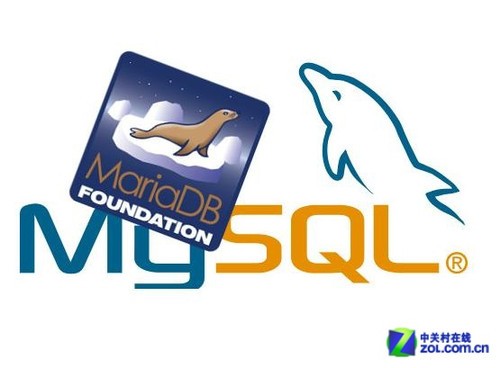
1. The top level of MySQL's logical architecture is not unique to MySQL. All network-based C/S network applications should include connection processing, authentication, security management, etc. The middle layer is the core of MySQL, including query parsing, analysis, optimization and caching. At the same time, it also provides cross-storage engine functions, including stored procedures, triggers, and views. The bottom is the storage engine, which is responsible for accessing data. The server can interact with various storage engines through the storage engine API. 1.1. Query Optimization and Execution (Optimization and Execution) MySQL parses the user's query statement and creates an internal data structure - an analysis tree, and then performs various optimizations, such as rewriting the query and selecting the order in which to read the table. And which index to use etc. The query optimizer does not care about the storage engine used by a table, but the storage engine affects how the server optimizes queries. The optimizer obtains some parameters, the execution cost of an operation, and statistical information through the storage engine. Before parsing the query, the server will first access the query cache (query cache) - which stores SELE
1. Detailed explanation of the architecture and concepts of high-performance MySQL

Introduction: 1. The top level of MySQL’s logical architecture is not unique to MySQL. All network-based C/S network applications should Including connection processing, authentication, security management, etc. The middle layer is the core of MySQL, including query parsing, analysis, optimization and caching. At the same time, it also provides cross-storage engine functions, including stored procedures, triggers, and views. The bottom is the storage engine, which is responsible for accessing data. The server can interact with various storage engines through the storage engine API. 1.1. Query optimization and execution (Optimizatio
2. [MySQL]MySQL logical architecture

Introduction: If you can build an architecture diagram in your mind of how the various components of MySQL work together, it will help you deeply understand that the top-level service of the MySQL server is not MySQL. Uniquely, most network-based client/server tools have a similar architecture, such as connection handling, authorization authentication, security, etc. The second layer architecture is the more interesting part of MySQL. Functions are all in this layer, including query parsing, analysis, optimization, caching, and all built-in functions (such as date, time, mathematical and encryption functions), all cross-storage references
3 . MySQL operating principle and infrastructure

##Introduction: 1. MySQL basics MySQL is an open Source code relational database management system. The original developer is the Swedish MySQLAB company. It first entered the administrator's field of vision in 2001 and became widely used in 20
#. ##4.MySQL Architecture##Introduction: Let’s first look at the overall logical architecture of MySQL (MySQL’s Logical Architecture) in the figure below. MySQL will parse the query. And created an internal data structure (parse tree)
5.
DBMS looks back againIntroduction: ##Note : Easy-to-understand concepts are not commented out:) #Logical architecture: User request [through connector] connection pool [allocate thread connection, connection queue] query analysis engine [operation solver, syntax semantic lexical analyzer, optimizer, plan Executor
6.
MySQL logical architecture and storage engine introductionIntroduction: MySQL5.5 default storage engine For InnoDB, the simplest answer is if you don't know which storage engine to choose then use InnoDB because it supports transactions and has good performance.
7.
High Performance MySQLIntroduction: MySQL logical architecture 1. Each customer connection has its own thread in the server process. The query to which each connection belongs will be completed in a designated separate thread. These threads take turns running in a certain thread. CPU core or CPU. The server is responsible for caching threads, so there is no need to recreate or tear down threads for each new connection. 2.MySQL will parse the query and create a 8. MYSQL Logical Architecture_MySQL Introduction: MYSQL Logical architecture 9. Introduction to mysql logical architecture and storage engine_MySQL Introduction :Introduction to mysql logical architecture and storage engine 10. [mysql] Index optimization_MySQL Introduction: mysql structure From the perspective of MySQL logical architecture, MySQL has a three-layer architecture, the first layer is connection, the second layer is query parsing, analysis, optimization, view, cache, and the third layer is the storage engine. What index types does MySQL have? From a data structure perspective 1 , B+ tree index (O(log(n))): Regarding B+ tree index, you can [Related Q&A recommendations]: php - How to connect the service layer in the mysql logical architecture
The above is the detailed content of 10 recommended content for logical architecture. For more information, please follow other related articles on the PHP Chinese website!




